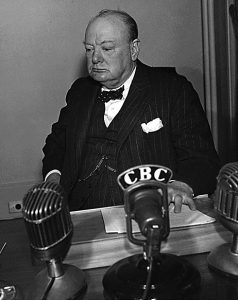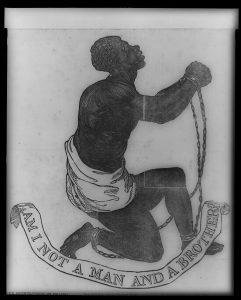Many leaders seek to create factions because it is easier to lead a group of people who are fired up about those outside the group. Think about National Socialism or a leader’s call to fight the enemy. Churchill, Patton—these are the leaders who rise high in the imagination of the public and in no small measure because they led a difficult struggle against another people.
Even those who know only a few of Churchill’s famous speeches are familiar with his “We shall defend our island, whatever the cost may be, we shall fight on the beaches, we shall fight on the landing grounds, we shall fight in the fields and in the streams, we shall fight in the hills; we shall never surrender.” Those words are moving in large measure because they call us to be courageous in the face of an external threat.

In less dramatic terms, leading a group of faculty is made simpler by some external challenge. Even an uninspiring leader can unite the group against the external. It is vastly more challenging to lead a group to include the external, others. Yet that is often what is called for, leading people to eradicate factions and to understand that others are essentially as worthy as they are.
Breaking down the barriers to factions takes hard work. Just as leaders use public relations campaigns to create factions, sometimes it requires a massive public relations campaign break down factions.
Images are an important tool in this respect. In the late 18th century, Josiah Wedgwood created a medallion designed to support the Antislavery movement. The medallion conveyed the message to the public that enslaved and free shared a commonness that, once appreciated, would help Wedgewood’s public come to support the end of slavery.

We would do well to learn from this episode as we think about the problem of factions: to the extent that there are ways to convince each other that we share common features, perhaps we can break down the barriers that seem so entrenched today.
